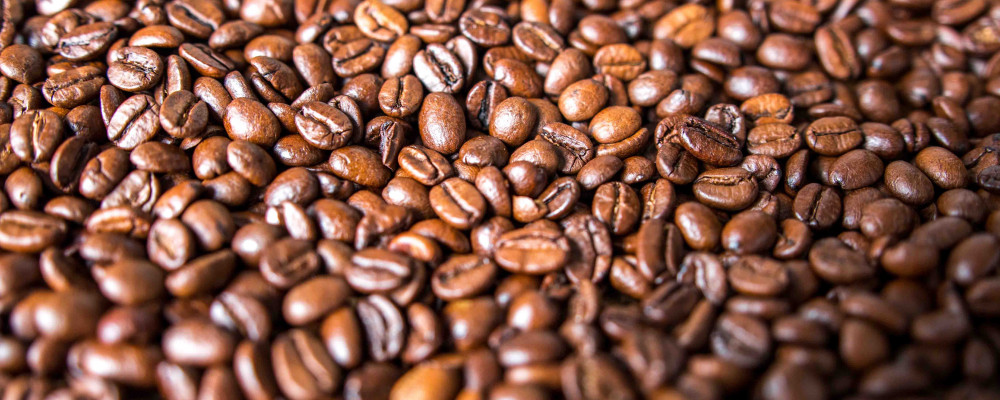
A New Opportunity For Coffee Waste... Sustainable Fabrics!
People just love coffee (me included). It's one of the few things that bring us together across borders, classes and cultures. As a result, a staggering 3.5 billion cups of coffee are consumed daily worldwide. I suppose it's no surprise that this obsession with coffee presents a lot of business opportunities, but did you know that there's a growing industry for coffee in design... and I'm not talking about packaging, I'm talking about fibres! Suddenly, coffee-drinking is both oh-so-satisfying and eco to boot!
#Coffee and #planet lovers have cause to celebrate; coffee by-products are being used in design.

Coffee Consumption By-Products
The estimated daily 3.5 billion cups equates to around 33 million pounds of coffee grounds used and discarded every day. Add to that the number of coffee filters or individual-sized pods used in the process, easily in the hundreds of thousands, and you can see that this delicious habit can accumulate a hefty amount of waste in just a single day.
Though most people just chuck all that waste in the bin, there is a greater eco-opportunity that isn’t being maximised. Below you’ll find a few of the best coffee waste eco-opportunities that have been discovered by designers and textile manufacturers. Ponder the possibilities taking your next sip of the bitter brew.
Making Fabric
You might be surprised to learn that it’s possible to make fabric from coffee grounds, but one textile innovator is doing just that. Recently featured by Munchies, Singtex played with the idea of producing clothing from coffee grounds after making some observations at a famous coffee franchise. After four years of research, Singtex is now able to produce a wide range of clothing and fabrics made of polyester from discarded plastic bottles mixed with used coffee grounds.

Not only are the raw materials available for free, but the finished fabric is actually quite unique as, according to the inventors, it boasts benefits such as eliminating odours and quick drying times (I haven't been sent the technical sheets to prove this, but am on the case!). While the material is used for your typical lines of jeans and t-shirts, it is particularly great for athletic equipment or work boot liners.
Unlike many of the booming trends in eco-fashion, products made from this amazing fabric are widely available to shoppers. They are being integrated into products marketed by recognisable brands like Patagonia (who are making outdoor boots using Singtex), North Face, American Eagle's 'Denim Cafe' range, and Timberland.
#Ecofabric made from #coffee - perfect for #sportswear as it eliminates odour!

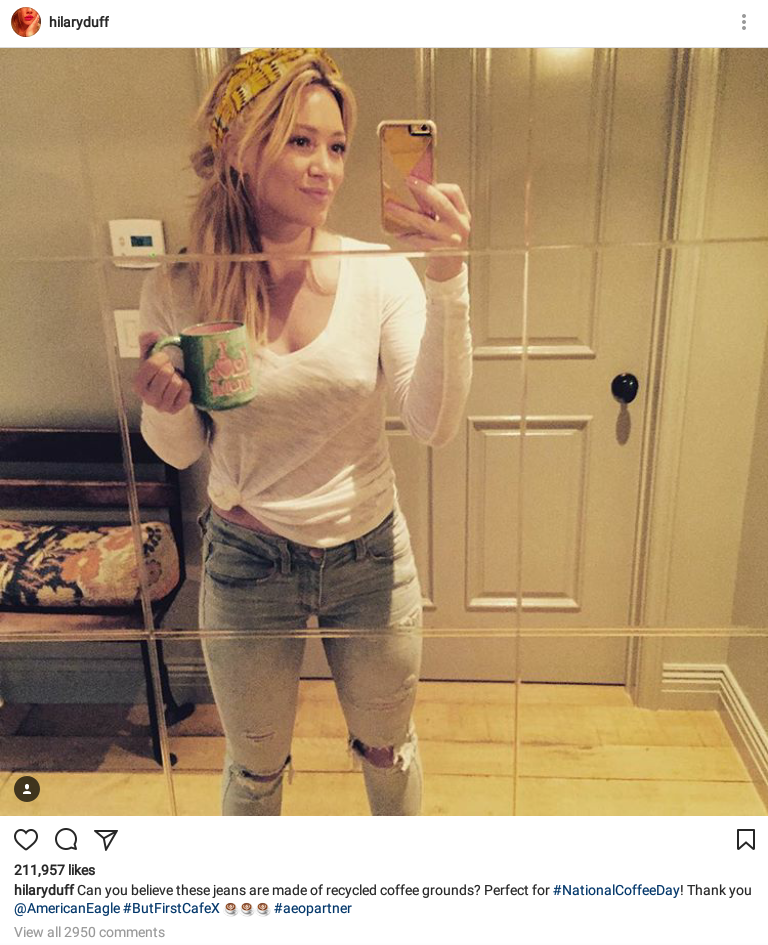
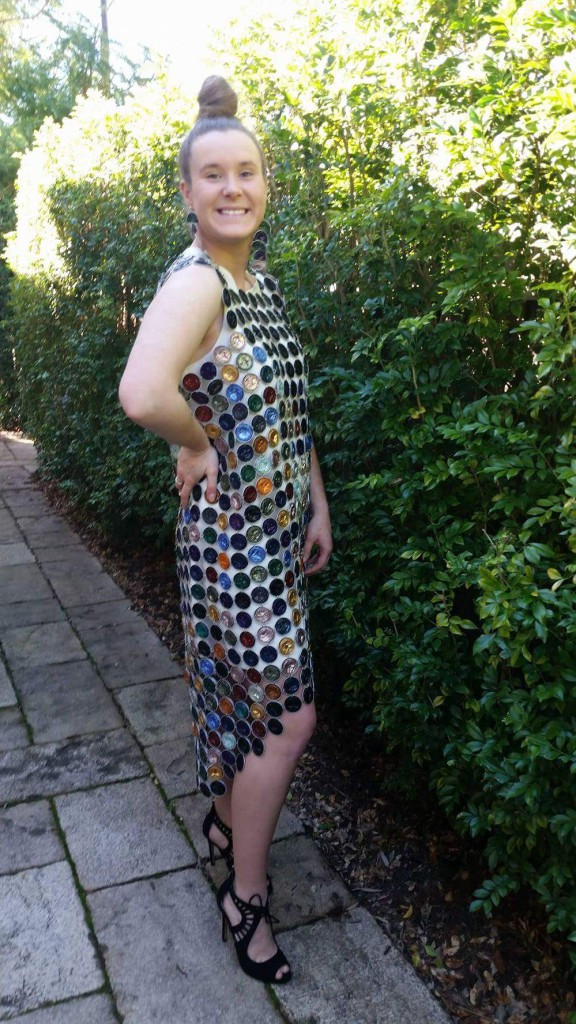
Other Creative Uses of Coffee: Printing And Manufacturing
Clothing and sustainable fabrics aren’t the only thing that can be made from coffee waste. There are a plethora of incredible items that can be manufactured from the ordinarily discarded grounds. Six coffee waste products featured by inhabitat include furniture and dyes. In fact, coffee makes incredible ink, and there is usually plenty of colour left even after a pot has been brewed. This ink can be used for a variety of purposes from dying fabric to filling printers. Being far less expensive than the toxic chemicals in traditional toners, coffee waste grounds could be the key to dropping rising printer ink costs.
While the ink can be used to paint intricate designs on wooden furniture, they can additionally be used to make the physical material for tables and chairs as well. The Guardian reports that a composite material is being made by UK company Fairweather. The material, produced from spent coffee grounds and salvaged plastic, is both durable and environmentally friendly.
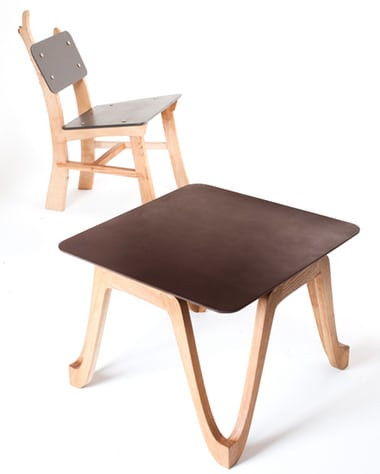
One more exciting use for coffee grounds is as a medium for 3-D printers. Manufacturer 3Dom has partnered with a biocomposite developer c2renew to create the very first 3D printing filament that is made from recycled coffee grounds. This development opens a limitless number of possibilities when it comes to designing and manufacturing goods from coffee waste.
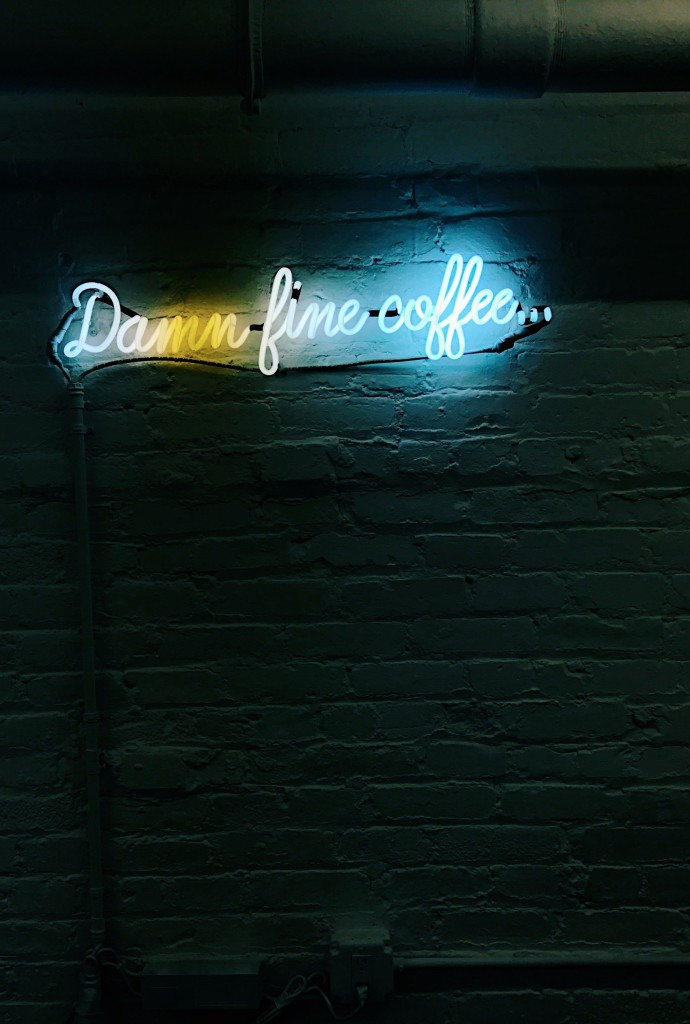
Recycling Coffee Pods
While coffee grounds have found a variety of niches, they aren’t the only by-product of caffeine consumption. Coffee pods are now more popular than ever, and those tiny bits of plastic are posing a big problem for the environment as more and more find their way to the landfills and oceans. One of the biggest manufacturers of K-cups, Nespresso has understandably caught heat from the press for its lack of transparency regarding the recycling of the spent pods.
Thankfully, sustainably minded fashion designers have taken note of the problem and found a glamorous solution. For example, fashion designer Erin Shannon Pennacchio used over 500 pods to create a stunning wedding dress. Similarly, young designer Rhys Ellis of Birmingham has showcased a shockingly brilliant line of handmade dresses, also made from refashioned pods, in colourful, edgy designs. Though these direct applications only recycle a small portion of the spent coffee pods discarded every day, it’s still a step in the right direction.
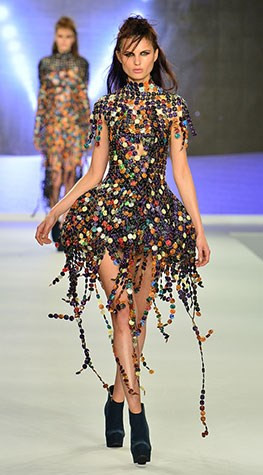
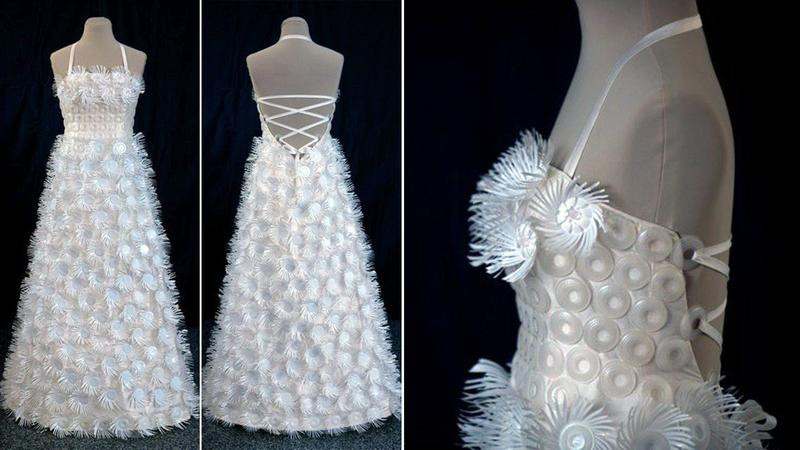
Wedding dresses made from #recycled #coffee pods! #ecobride #bridalwear

If you enjoyed reading this post and want to hear more about experiments and discoveries in sustainable textiles, as well as our events and workshops then please sign up for our newsletter!
